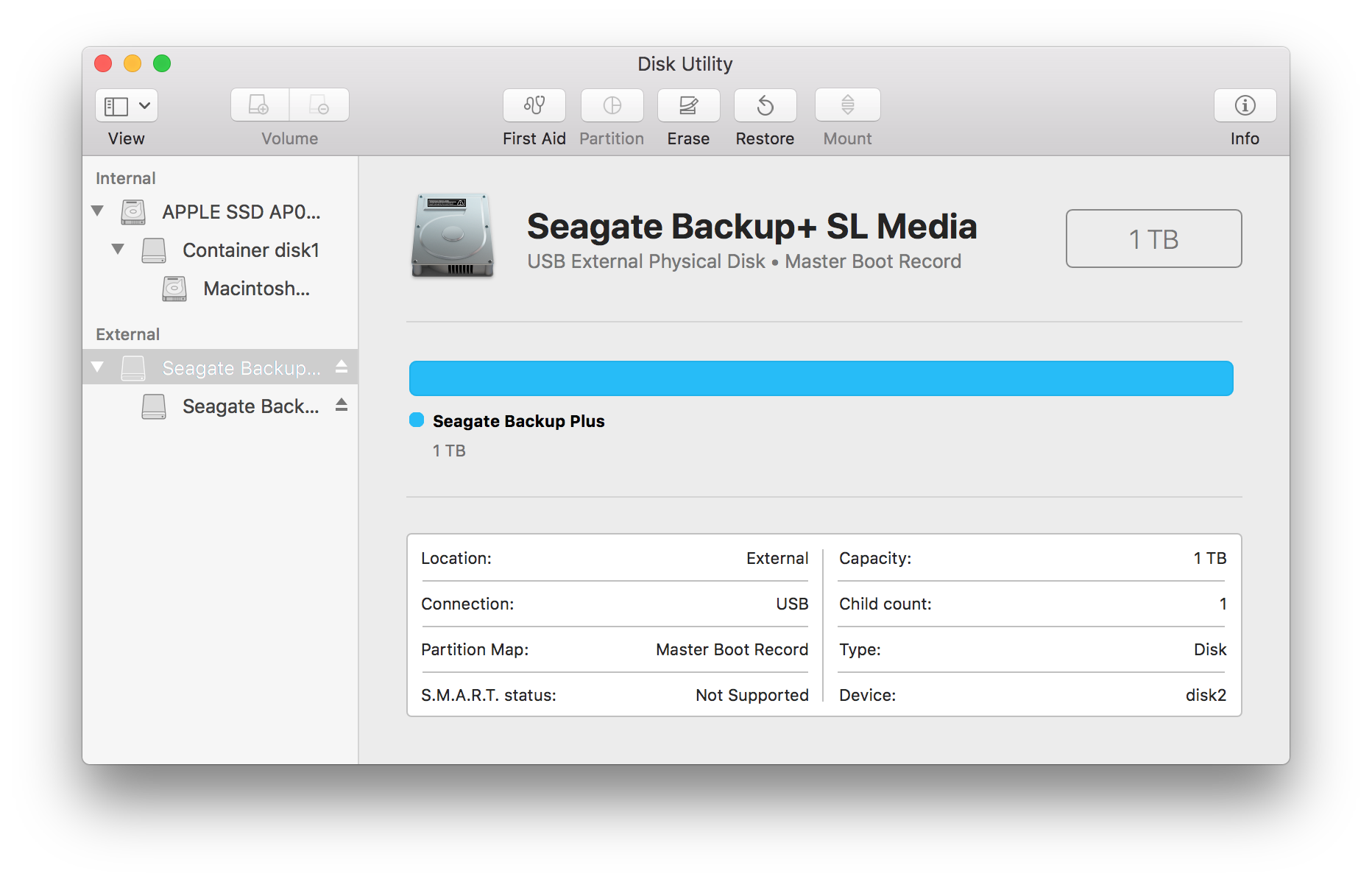Install Microsoft To Reformated Mac From External Backed Up Harddrive
While you can physically connect a Mac hard drive to a Windows PC, the PC cannot read the drive unless third-party software is installed. Because the two systems use different file systems for storage: Macs use the HFS, HFS+, or HFSX file systems, and PCs use either the FAT32 or NTFS. Luckily, as long as the drive type (e.g., SATA, IDE, or SCSI) is compatible with your motherboard, there are a few solutions to this dilemma.
NoteNTFS and FAT drives open natively in macOS.
Connect the external drive or the USB drive to the MAC. Start the Disk Utility, located under Applications Utilities. Find the name of the drive in the left side of the Utilities window and select it. And click Erase button. Please make sure the external drive should be detected in the system properly. If the drive is not detecting in the system, then our software is unable to read that drive for recovery. Further, you can also perform “Can’t find drive” process in the software in order to recover data from an external drive. 2020-3-20 There are multiple ways to install Windows 10 operating system on a new blank hard drive. But this page comes with a unique method, it is not about a clean install through a Windows recovery drive, a Windows installation media. Instead, it is the easiest for Windows 10 installation on a new hard drive among all, by transferring system with EaseUS Todo Backup software with a few clicks. Feb 03, 2020 If Disk Utility shows the sidebar, but your disk doesn't appear within it, disconnect all nonessential devices from your Mac. If the disk is external, leave it connected, but make sure that it's turned on and connected directly to your Mac using a good cable. Then restart your Mac and try again.

Formatting a partition
You can delete a Mac-based HFS, HFS+ or HFSX partition and format it to be usable with a PC. If there are any files you want to keep, copy them from you Mac hard drive to another storage device, then see the following page.
Hi Sumaiya,Thank you for choosing Microsoft Office Community and thanks for providing us an opportunity to assist you.I understand that you have uninstalled the earlier version of Office but unable to find the ISO file to install the trial copy of Office 2013.Are you trying to install the Office 2013 Professional Plus trial from TechNet?If you want to re-install the Office 2013 Pro plus trial, then you may refer to the following TechNet link:If you have already downloaded, then check the ISO file in Documents or Downloads folder. If you still cannot find it, then open the browser which was used to download the Office 2013 Pro plus trial, go to the browser settingsand look for the Download folder location.You may also download a trial copy of Office 365 Home Premium trial and can be installed on up to 5 devices (Includes Windows OS, selected tablet and on MAC machines). Microsoft office 2013 mac trial software.
Mar 22, 2012 Now, click on the top partition, name it 'Windows,' and change its format to MS-DOS. Then click the second partition, name it 'Mac,' and change its format to Mac OS Extended (Journaled). Give your settings a final lookover and click Apply. Step 2: Plug the hard drive into your Windows PC. 2020-3-25 Automatically back up all your important files from your computer to your storage device. Paragon Driver. Take advantage of read and write access without having to reformat your external drives, both on Windows and macOS. SeaTools - Quick diagnostic tool that checks the health of your drive. Backup Plus Ultra Slim. A Mac will format a hard drive to HFS+ which Windows cannot see, both Mac and Windows can see a NTFS formatted drive. You will need to use a 3rd party HFS+ to NTFS conversion utility that will not result in data loss, Windows itself cannot do that - there are a few available on the Web for free.
Third-party software
Through the use of third-party software, Microsoft Windows can be configured to read a Mac hard drive. Free programs are available though they have fewer features and are not as east to use. One of the best free programs is HFSExplorer. If you are willing to pay, MacDrive and TransMac cost about $50. They both do a good job of allowing users to view the contents of a Mac hard drive on a PC due to their user-friendly interfaces. There is also a $20 solution from Paragon called HFS+ for Windows.